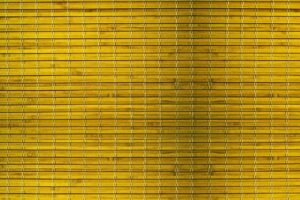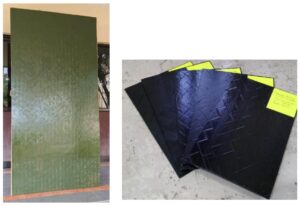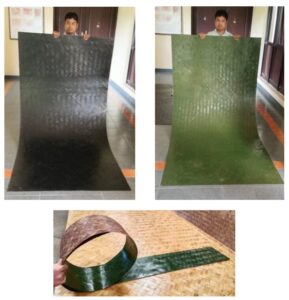1. Introduction
Bamboo-based cosmetic product packaging, including jars and tubes, is an eco-friendly alternative to plastic packaging. The increasing demand for sustainable beauty products has led to a growing market for biodegradable packaging. This report outlines the investment, production process, market potential, and financial feasibility of starting a bamboo cosmetic packaging unit.
2. Objectives
- To establish a production unit for bamboo-based cosmetic packaging solutions.
- To promote sustainability by reducing plastic waste in the cosmetic industry.
- To target domestic and international markets in the beauty and personal care sector.
- To provide high-quality, customizable bamboo jars and tubes for cosmetics brands.
3. Market Analysis
3.1 Demand Analysis
- Rising consumer preference for sustainable and plastic-free packaging.
- Growing demand from organic and natural cosmetic brands.
- Government regulations and bans on plastic packaging encourage eco-friendly alternatives.
- Increasing global market for sustainable personal care and beauty packaging.
3.2 Target Market
- Organic and natural cosmetic brands.
- Luxury and premium skincare companies.
- Zero-waste and eco-friendly retailers.
- Exporters targeting European and North American markets.
4. Land, Machinery & Costing
4.1 Land & Infrastructure
| Item | Quantity | Cost per unit (INR) | Total Cost (INR) |
|---|---|---|---|
| Land (2 acres) | |||
| Factory Building & Storage | |||
| Machinery & Equipment | |||
| Office & Utilities | |||
| Total | – | – |
4.2 Raw Materials & Production Costs
| Item | Quantity | Cost per unit (INR) | Total Cost (INR) |
|---|---|---|---|
| Raw Bamboo | |||
| Cutting & Shaping Tools | – | – | |
| Varnishing & Polishing Materials | – | – | |
| Packaging & Branding | – | – | |
| Labor (20 workers) | |||
| Miscellaneous | – | – | |
| Total | – | – |
4.3 Production Process
- Harvesting & Selection – Selection of high-quality bamboo suitable for packaging.
- Cutting & Shaping – Processing bamboo into jar and tube shapes using precision machinery.
- Sanding & Polishing – Smoothing the surfaces for a refined appearance.
- Varnishing & Branding – Applying eco-friendly coatings and engraving brand logos.
- Quality Control & Packaging – Checking for durability and packing products for distribution.
5. Financial Analysis
5.1 Cost Estimation
Fixed Costs
| Expense | Cost (INR) |
|---|---|
| Land & Infrastructure | |
| Machinery & Equipment | |
| Factory Setup & Utilities | |
| Total Fixed Costs |
Variable Costs (Per Year)
| Expense | Cost (INR) |
|---|---|
| Raw Materials | |
| Production Process | |
| Labor | |
| Utilities & Maintenance | |
| Marketing & Distribution | |
| Total Variable Costs |
5.2 Revenue & Profit Analysis
| Parameter | Value |
|---|---|
| Selling Price per Unit | |
| Production Capacity (Per Year) | |
| Revenue from Sales | |
| Annual Cost (Fixed + Variable) | |
| Profit (From Second Year Onwards) |
6. Break-Even Analysis
- Fixed Costs:
- Profit Per Year (After First Year):
- Break-even Point =
7. Sustainability & Environmental Impact
- Waste Utilization: Bamboo waste can be repurposed for biofuel or compost.
- Eco-friendly Processing: Using non-toxic varnishes and adhesives.
- Sustainable Forestry: Encouraging bamboo plantations for continuous supply.
- Plastic Waste Reduction: Providing biodegradable alternatives to plastic packaging.
8. Challenges & Mitigation Strategies
| Challenge | Mitigation Strategy |
|---|---|
| Raw Material Supply | Establish partnerships with bamboo farmers |
| Market Competition | Focus on branding, quality, and customization |
| Initial Investment | Seek government subsidies and private investment |
| Product Awareness | Educate consumers on sustainable packaging benefits |





